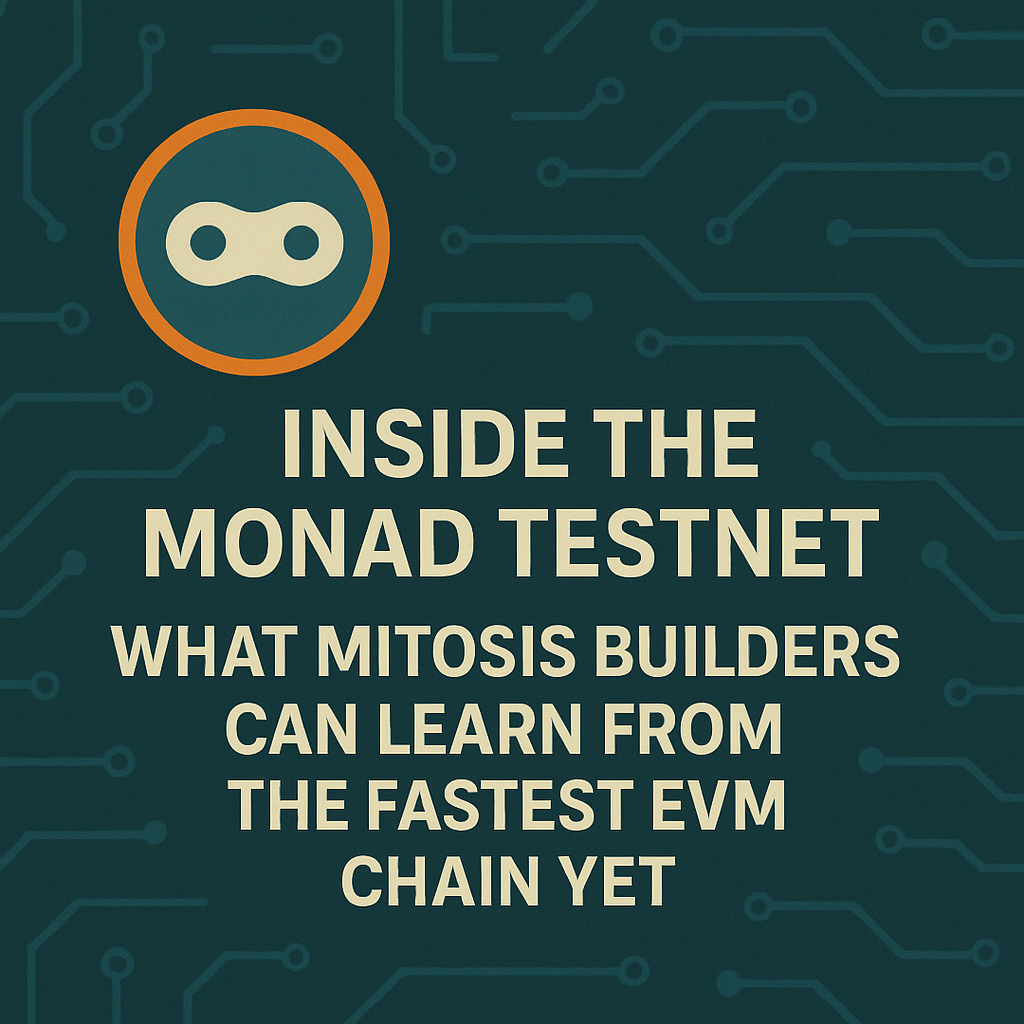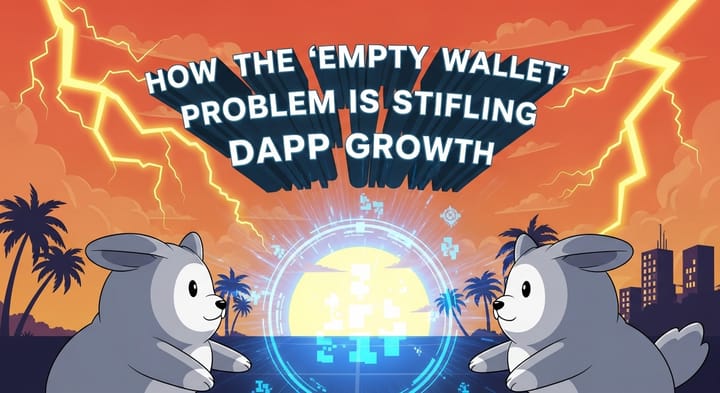Inside the Monad Testnet: What Mitosis Builders Can Learn from the Fastest EVM Chain Yet

Introduction
Imagine an EVM chain that runs like Solana — parallel execution, lightning-fast finality, and built for speed. That’s the promise of Monad, one of the most talked-about Layer 1s in recent months.
Its recent testnet launch caused a buzz, not just because of its speed, but because it challenges the idea that EVM chains have to be slow.
But what does Monad mean for modular ecosystems like Mitosis?
And what should developers, researchers, and contributors take away from this testnet if they're building the future of rollups?
Monad’s Secret Sauce: Parallelized EVM Execution
The Monad testnet showed off some impressive architecture:
» Parallel Execution: Unlike Ethereum and most EVM rollups (which process transactions sequentially), Monad can process compatible transactions in parallel.
» Low-latency Finality: A 1-second block time means snappy user experience.
» EVM Compatibility: No need to rewrite your smart contracts.
Example: A DeFi app running on Monad can process 10 swaps at once if they don’t touch the same state — on Ethereum, those swaps would queue up one after the other. This is a big deal because it shows that EVM doesn't have to be a performance bottleneck. For modular chains like Mitosis, it raises a key question: Should rollups innovate at the execution layer too?
What Monad’s Testnet Teaches Modular Builders
For contributors in ecosystems like Mitosis, the Monad testnet is more than hype — it’s a signal of where things are going. Here are three insights:
- Execution Layer Innovation is Back
Monad proves that even within the EVM world, there’s room to rethink how smart contracts are executed.
Modular chains don’t have to settle for “vanilla EVM” — they can plug in parallelized or even non-EVM VMs.
Example: Celestia doesn’t have an execution layer — it lets you bring your own. Mitosis could do the same, but with optional support for faster EVMs like Monad’s engine. 2. Modular ≠ Mediocre UX One common criticism of rollups and modular chains? Poor UX due to async messaging, slow bridges, or delayed finality. Monad sets a UX bar for how fast things could feel — and Mitosis rollups will need to match or beat that. Practical takeaway: Focus on fast finality, gas optimizations, and pre-confirmation tooling to make rollups on Mitosis feel just as smooth. 3. The EVM Isn’t Dead, But It Needs Help Monad sticks with the EVM to attract developers — but upgrades its engine behind the scenes. Mitosis could do the same: offer EVM compatibility with advanced execution options (parallelism, alternative fee markets, etc.).
What You Should Do as a Mitosis Contributor
➥ Try the Monad testnet. Observe the UX and transaction patterns — what feels different? ➥ Study Monad’s architecture. Especially their execution layer design and mempool logic. ➥ Start ideating on a Mitosis-native rollup that adopts similar principles: fast block times, parallel execution, and lean infrastructure. Remember: Mitosis is designed to support custom rollups — so you can build the Monad of the modular world.
Conclusion
Monad’s testnet is more than a flex — it’s a roadmap for where high-performance blockchains are headed. It challenges assumptions, pushes boundaries, and gives modular builders a new benchmark to aim for.
Key takeaway: Monad shows that EVMs can scale without breaking. If Mitosis rollups adopt the same spirit of execution-layer innovation, they could dominate the next wave of user adoption.



Comments ()